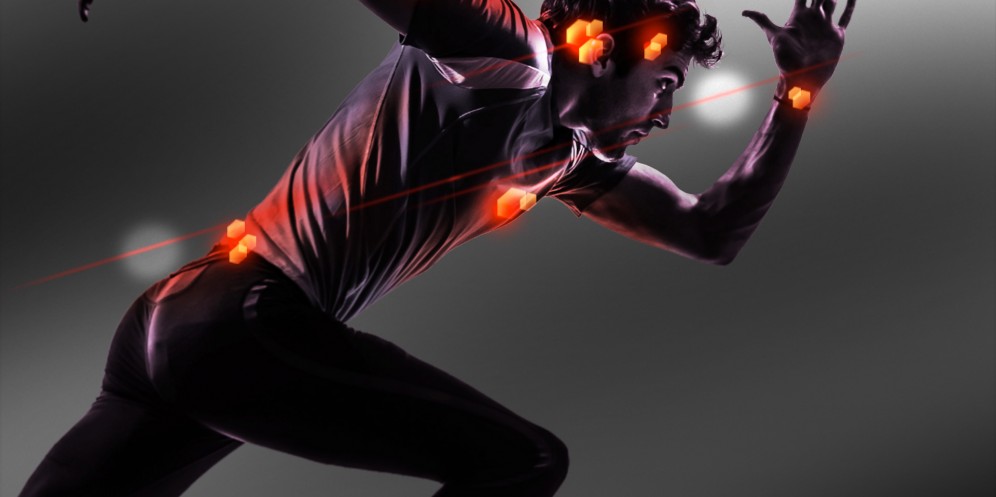
Goodbye chest straps. If the recent proliferation of wrist-worn heart rate monitors seems to foreshadow the demise of the old-school chest monitor, this looks like another nail in the strap coffin. The company LifeBEAM has entered the market with “smart” helmets and hats that measure heart rate and calorie consumption.
Yes, a hat does this. They can even measure things like cadence on a bike.
We reported on the helmet’s successful fund raiser last year. The hat is brand new. Both are available online, with the helmet appearing in stores in the next few days.
Both the Helmet and Hat communicate biometric data through Bluetooth and ANT+ signals to smartphones and fitness watches. They use optical sensors that kick out a greenish light and look similar to those on wrist strap heart rate monitors.
“You’re going to see some very cool products coming out in the near future,” said LifeBeam CEO Omri Yoffe on a phone call from Israel.

LifeBEAM Helmet: (retail $220; online now for $199) Touted as the world’s first cycling helmet that uses bio-sensing technology to detect heart rate and calorie consumption, the helmet displays data on a smartphone or watch as you ride.
LifeBeam partnered with helmet maker Lazer Sport, outfitting the brand’s Genesis model with the technology for this release.

LifeBEAM Hat: (retail $99; on sale now for $89) The hat has very similar functionality as the helmet, using electro-optical sensors to monitor your heart rate and calories with the addition of cadence. It transmits that data to a phone or watch via Bluetooth or Ant+.
The hat looks like a common brimmed running hat. As a runner who almost always wears a hat, I’m pretty excited to test this model as soon as possible and ditch the chest strap, which is one of my least-favorite pieces of gear.

Technology: The sensors are a trickle-down from aerospace products made to monitor the biometrics of fighter pilots and astronauts, Yoffe said. It took two years for the LifeBEAM to come up with a cost-effective consumer model, which was successfully funded in an Indiegogo campaign in March 2013.
Are there any drawbacks? We will have to wait to test in person, but Yoffe Acknowledged that the monitors do require skin contact to work. That’s no surprise and hardly a negative.
“We developed a Lycra band tested with top cyclists,” Yoffe said of the skin contact point. “You don’t feel it; we think it’s almost invisible.”

When asked about the advantages of the heart rate sensing helmet or hat over wrist or chest straps, Yoffe noted accuracy, convenience and “fluid connectivity” with popular fitness apps and many current watches from makers like Suunto and Garmin will convince consumers to get on board.
The sensing technology adds about 45 grams, or 1.5 ounces, to a helmet or hat. According to LifeBEAM, an average cyclist can use the helmet three or four times a week for a month without recharging.
For now, you can purchase the helmets and hats online, but they should start to pop up in stores soon. Bike wholesaler Quality Bicycle Products will handle U.S. distribution, while other players have signed on for distribution in the U.K., Australia, Canada, and more, making it available in 50 countries as of this month.
We look forward to putting the hat and helmet to the test soon, and leaving the chest strap at home.

